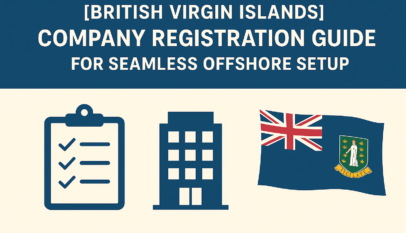
Teaching children how to swim is vital for their safety and confidence in the water. Swimming lessons provide essential skills that can prevent accidents and empower kids to enjoy water activities safely. Beyond safety, these lessons promote physical fitness and can foster a love for swimming that lasts a lifetime.
Kids Swimming Lessons are a common consideration for parents who often wonder when to start swim instruction for their children. Many experts recommend introducing swim lessons between the ages of 4 and 6, as most children are developmentally ready to learn basic skills by then. Starting early not only enhances their safety but also allows them to grow comfortable in the water more quickly.
Finding the right swimming program is key to a fruitful learning experience. Parents should look for certified instructors and classes that focus on creating a fun, supportive atmosphere. By doing so, they can help their children thrive in the water while developing critical skills that could one day save their lives.
Essential Skills Taught in Swimming Lessons
Swimming lessons focus on key skills vital for safe and effective swimming. Students learn important safety protocols, foundational strokes, techniques for breath control, and how to remain buoyant in water.
Water Safety Fundamentals
Water safety is the cornerstone of swimming lessons. Students are taught vital skills, including recognizing dangers such as strong currents and deep water.
Key components include:
- Supervision: Always swim with a buddy or under adult supervision.
- Emergency procedures: Learning how to call for help and the basics of CPR.
- Personal flotation devices (PFDs): Understanding when and how to use them effectively.
Incorporating these skills ensures that children become aware of their environment and can make safer choices while swimming.
Basic Swimming Strokes
Once safety fundamentals are understood, students begin learning basic swimming strokes. This includes techniques used in freestyle, backstroke, breaststroke, and sometimes elementary backstroke.
Important aspects include:
- Freestyle (Front crawl): Focuses on alternating arm movements and a flutter kick.
- Backstroke: Emphasizes a smooth arm recovery and maintaining an efficient body position on the back.
- Breaststroke: Teaches simultaneous arm and leg movements with a glide phase.
Each stroke is broken down into manageable parts to build confidence and competence.
Breath Control Techniques
Mastering breath control is crucial for effective swimming. Lessons focus on techniques that allow swimmers to breathe comfortably while maintaining their strokes.
Key techniques include:
- Bilateral breathing: Encourages swimmers to alternate breathing sides while swimming freestyle.
- Breath timing: Students learn to inhale quickly during stroke transitions.
- Submersible breath control: Practicing holding breath while submerged, increasing comfort in the water.
These skills help children swim longer distances without panicking.
Floating and Treading Water
Floating and treading water are vital skills that enhance a swimmer’s ability to stay safe in the water. They provide necessary techniques for conserving energy.
Key skills taught include:
- Back float: Students learn to relax and maintain buoyancy while lying on their backs.
- Treading techniques: Using a combination of leg and arm movements to stay afloat in place.
- Duration practice: Swimmers practice holding both skills longer to improve confidence.
These abilities ensure swimmers can manage unexpected situations in the water.
Selecting the Right Swim School
Choosing the right swim school is crucial for a child’s comfort and progress in learning to swim. Key factors include the suitability of programs for a child’s age, the qualifications of instructors, and class sizes that promote effective learning.
Age-Appropriate Programs
Swim schools typically offer programs tailored to different age groups. Infants and toddlers often participate in parent-child classes, which focus on water familiarity rather than formal swimming skills.
For preschoolers, programs introduce basic techniques while ensuring safety through playful learning. Children ages six and up often progress to more structured lessons that enhance swimming techniques and build confidence in the water.
Parents should inquire about the curriculum and ensure it aligns with their child’s developmental stage. Some schools might even offer specialized classes for kids with disabilities or varying skill levels.
Instructor Qualifications and Experience
The qualifications of swim instructors play a significant role in the quality of lessons. Certified instructors should have relevant certifications in CPR, First Aid, and swim coaching.
Experience is equally important. Instructors with years of teaching kids are likely to understand their unique needs, fears, and challenges. Typically, instructors with a background in child development or education are preferred, as they can foster a positive learning environment.
Parents should not hesitate to ask about instructors’ backgrounds, teaching styles, and their approaches to fostering safety and fun during lessons.
Class Size Considerations
Class size is a critical factor in evaluating swim schools. Smaller classes ensure that each child receives personalized attention and feedback from the instructor.
Many experts recommend a maximum of four to six students per instructor for younger age groups. This ratio supports more effective teaching and helps children feel secure in the water.
Parents should also consider the school’s policies on class merging during low enrollment. They should inquire about how this might affect individual attention and lesson quality. The goal is to ensure that every child has the opportunity to learn and thrive in a safe environment.
British Virgin Islands Company Registration Guide for Seamless Offshore Setup
Registering a company in the British Virgin Islands (BVI) is a straightforward process tha…









